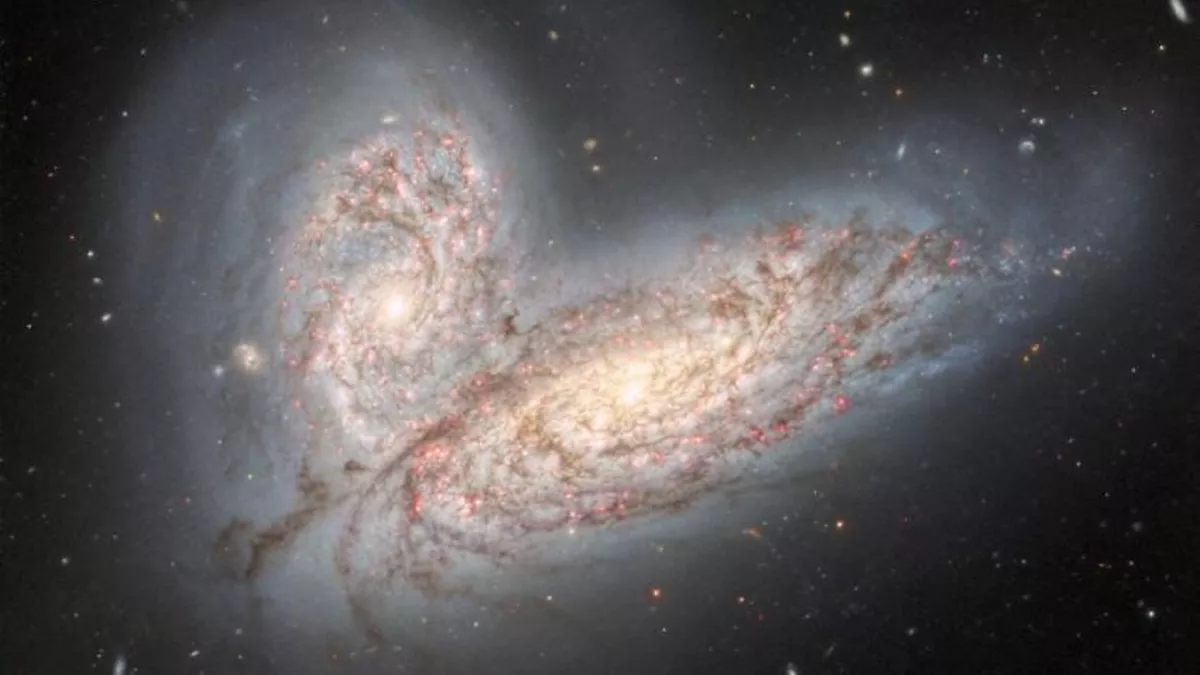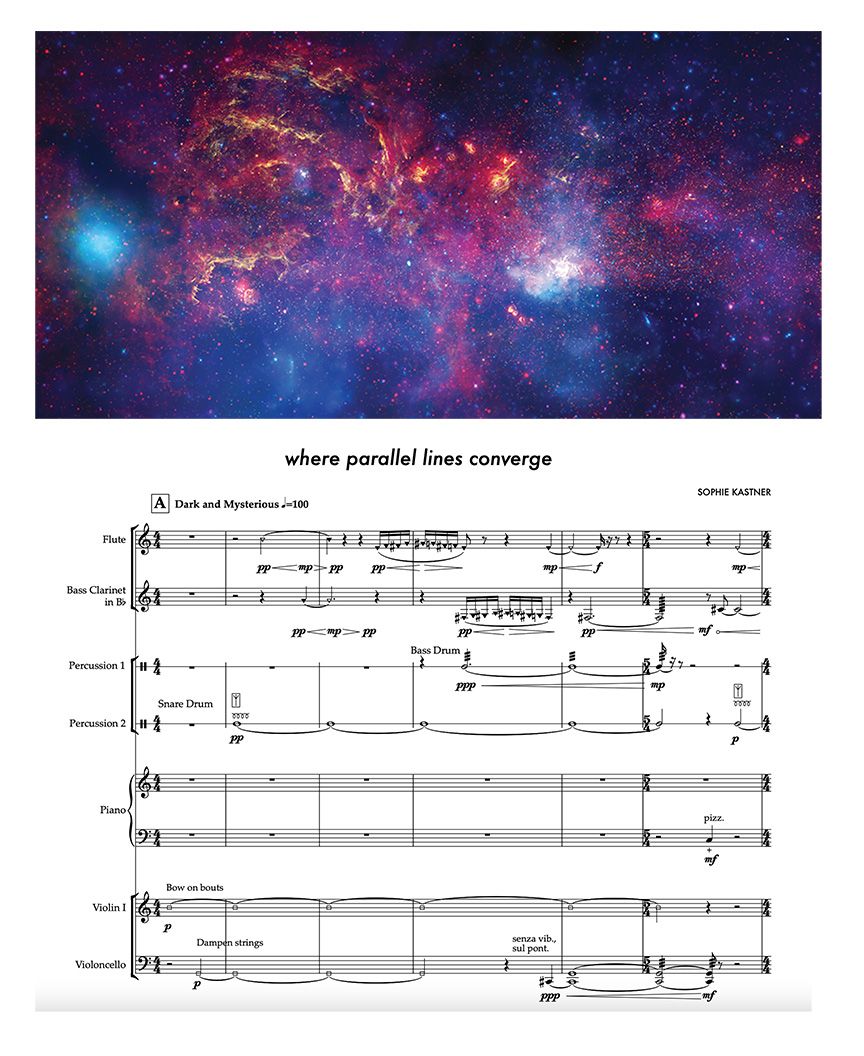A galaxy symphony: Data from telescopes turned into music
- November 21, 2023
- 0
Composer Sophie Kastner transformed data from the galactic center of the Milky Way into music. His work “Where Parallel Lines Meet” is inspired by the image of the
Composer Sophie Kastner transformed data from the galactic center of the Milky Way into music. His work “Where Parallel Lines Meet” is inspired by the image of the

Composer Sophie Kastner transformed data from the galactic center of the Milky Way into music. His work “Where Parallel Lines Meet” is inspired by the image of the central region of our galaxy.
This image was captured in different wavelengths of light (X-ray, infrared and optical) by the Chandra, Hubble and Spitzer space telescopes. As a result of the composition, you can hear the sound reflections of many objects and structures in this region, such as gas bubbles, star nuclei, dust lanes and stellar nurseries.
Rather than trying to fully convey the sonic impression of the entire complex image, Kastner chose to focus on three key elements. The first of these is the binary star system detected in X-rays and marked by the bright blue ball at the left of the image. The second is a group of arc-shaped structures. The third is the largest, the supermassive black hole Sagittarius A*, hidden at the heart of the Milky Way.

Kastner shared the perception of the composition as follows: “My goal was to draw the listener’s attention to small events within the entire data set.”
However, since there is no air in space to propagate sound, the question arises of how the data obtained with the help of telescopes can be converted into sound waves. Sound vibrations are transmitted through atoms and molecules in the Earth’s air. However, there are no atoms in the vacuum of space.
To overcome this obstacle and convert space data into audio signals, NASA’s Center for X-ray Astrophysics launched a sonication project. Scientists are developing methods to convert data into sound so that people can hear and perceive the results of space observations. With the help of this project, interpretation of sound waves for various cosmic events such as supernovae, galaxy clusters and nebulae was achieved.
Music with cosmic imagery is an interpretation of data rather than a direct transmission of sounds through space. It is a work based on scientific knowledge about space objects, a new form of perception that allows people to interact with the night sky through music.
“This accumulation contains enough gas to cover hundreds, even thousands, of galaxies and provides a medium for the propagation of sonic vibrations,” the NASA research team reported.
So, last year scientists managed to determine that the black hole in the Perseus cluster is surrounded by gas that creates the pressure necessary to transmit sound waves that can be recorded by scientific instruments.
These oscillations were converted into actual musical notes, but they were found to have a very low frequency, 57 octaves below the average “c”. This is too low for human hearing. So the team synthesized the signals at a frequency audible to the human ear and boosted their frequencies in pairs by 57 and 58 octaves (that’s 144 quadrillion and 288 quadrillion times higher than their original frequencies). The results of the sounds were an accurate reflection of the expected manifestations of a black hole.
Source: Port Altele
As an experienced journalist and author, Mary has been reporting on the latest news and trends for over 5 years. With a passion for uncovering the stories behind the headlines, Mary has earned a reputation as a trusted voice in the world of journalism. Her writing style is insightful, engaging and thought-provoking, as she takes a deep dive into the most pressing issues of our time.